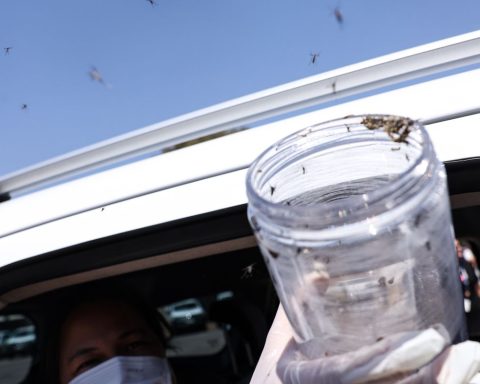The Ministry of Health (MS) published today (10), in the Official Diary of the Union, ordinance with the reference values of the financial incentive based on a population criterion, which the municipalities and the Federal District will receive in the year 2023, within the scope of financing Primary Health Care. In total, around R$ 1.27 billion will be made available to be paid via the Previne Brasil Program, in the weighted fundraising budget component.
According to the Ordinance No. 74the annual per capita value will be R$ 5.95, for the calculation of the financial incentive, based on a population criterion, resources that will be transferred to the municipalities and the Federal District in the 12 financial competences of the year 2023. The value is the same last year.
In effect since January 2020, the financial incentive considers the population estimate by the Brazilian Institute of Geography and Statistics (IBGE), in force on the calculation date. The transfer of the incentive occurs automatically from the National Health Fund to the Municipal and District Health Funds.
Previne Brasil resources are passed on to municipalities considering criteria such as registration of people in primary care services, payment for performance (health indicators) and incentives for strategic actions (accreditations in programs and actions of the Ministry of Health).
Prevent Brazil
The purpose of Previne Brasil is to encourage municipalities to register more users at health centers, expanding the bond between patients and health teams, balancing per capita financial values referring to the population registered in health teams and encouraging adherence to specific programs, such as Saúde na Hora (extended opening hours at health centers), Informatiza APS (digital patient data via the Electronic Medical Record) and the Street Office.
The weighted capitation component considers adjustment factors such as socioeconomic vulnerability, age profile and rural-urban classification of the municipality, according to IBGE.
Through this register, it is possible to estimate the number of population that will be able to use the services provided by the team, Basic Health Unit (UBS) and Family Health Unit (USF), offering subsidies to the planning of the teams in the offer of services and the monitoring of individuals, families and communities.















